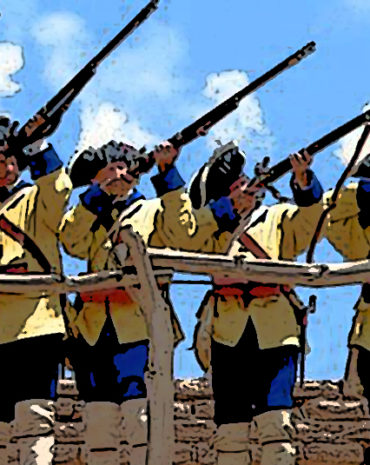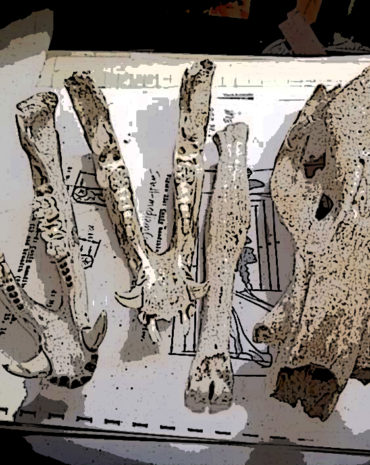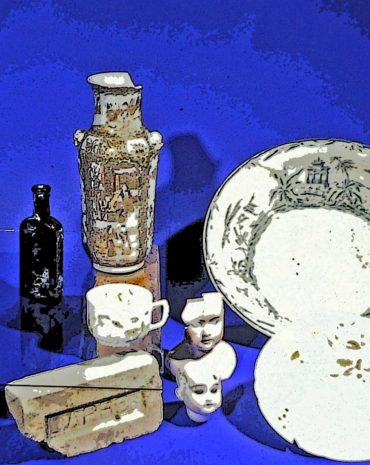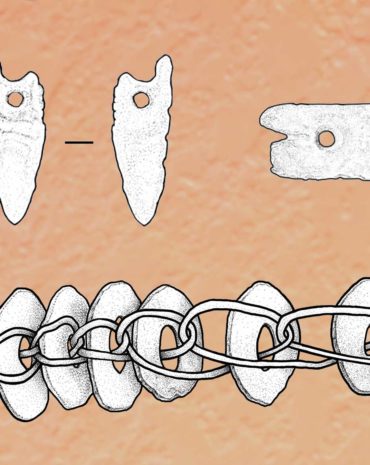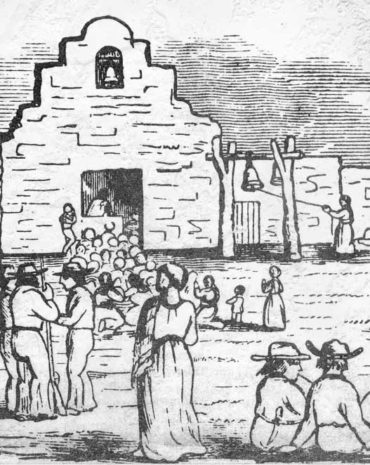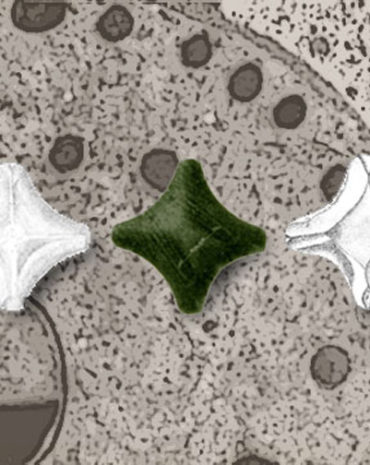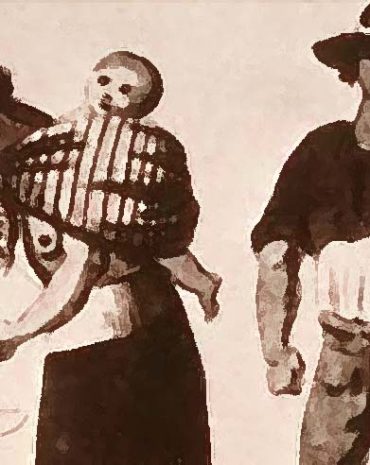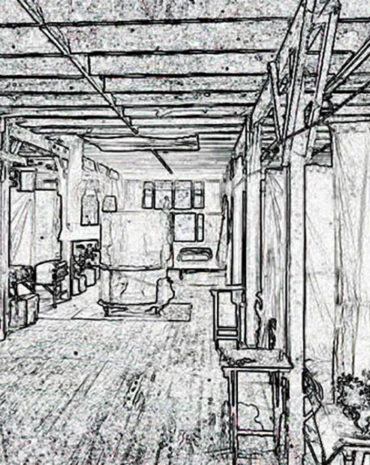 Apr 8
Apr 8We Have Been Here Before: A History of Epidemics in Southern Arizona
Historical archaeologist Homer Thiel provided information for a newspaper article on the 1918 Spanish flu, published by the Arizona Daily Star on April 6, 2020. This blog entry is an expanded presentation of Homer's research on the history of epidemics in the Tucson area. The appearance of the COVID-19 virus…


